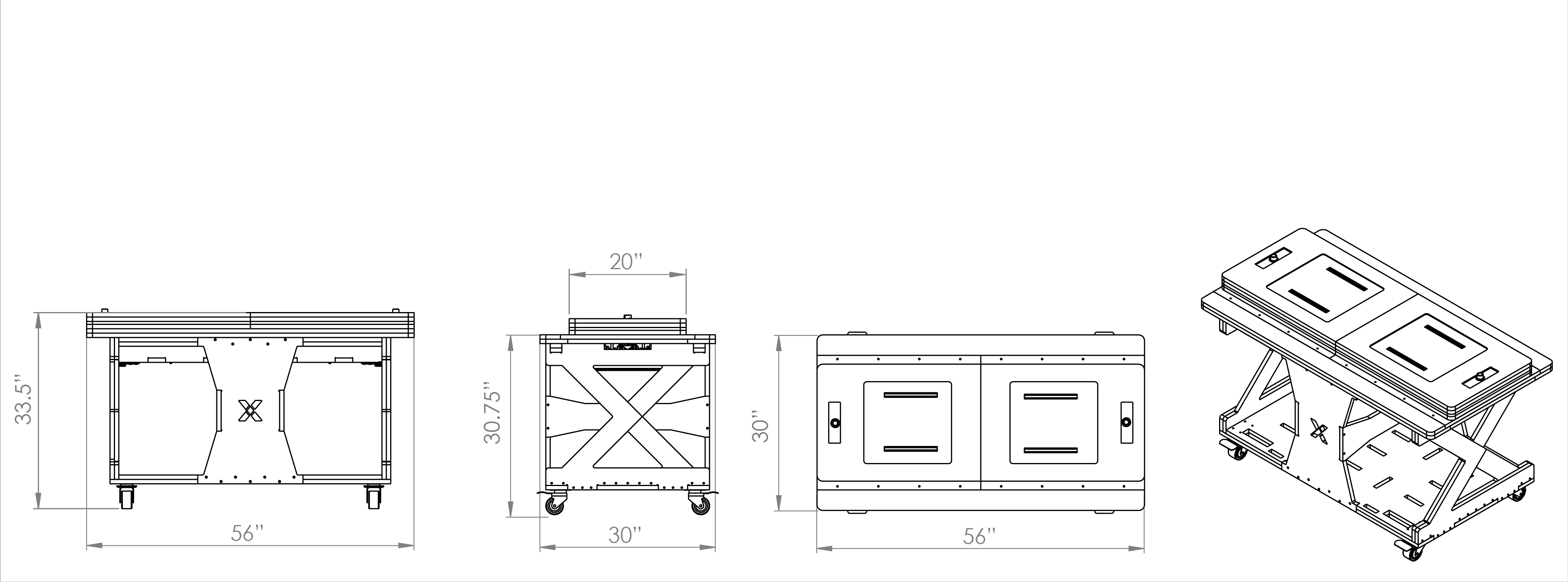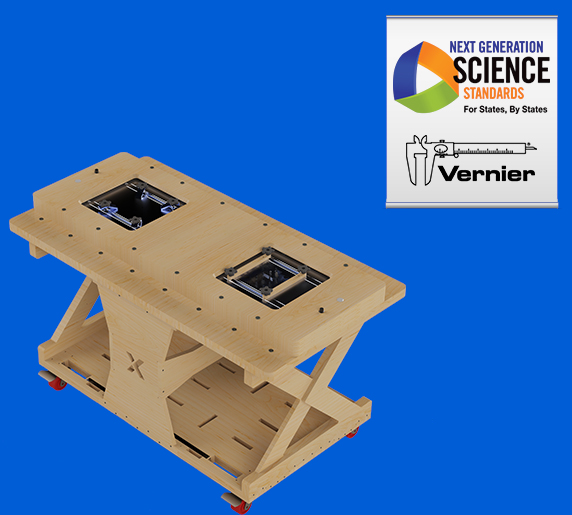STEM Concepts Learned from Use of Quake Table FLEXCART: Grade Bands 3-5
Geology of Earthquakes:
Students are introduced to the concept of tectonic plates, the different types of plate boundaries, and the geographic patterns of earthquake occurrence on the planet.
Mechanics of Earthquakes:
Students use a hands-on model to explore the movement of plates at faults which produce earthquakes.
Science of Waves:
Students will learn how to describe waves (wavelength, amplitude, frequency), how waves are involved with earthquakes, and how to measure earthquake waves.
Earthquake Engineering:
Students explore the factors which contribute to a building being able to withstand an earthquake, including earthquake proofing such as a Tuned Mass Damper or Base Isolation. Working in collaborative groups, students use the engineering design process to design and refine a building to withstand an earthquake on the Quake Table using limited materials.
Models:
Students will use the Quake Table FLEXCART model, a form of exhibit technology, to explain and observe earthquakes. Students will also use data and observations to evaluate the effectiveness of the model.
Human Impact:
Students will learn about some notable earthquakes of the past few decades, understand why engineering for earthquakes is so important, and if they live in an earthquake hazard zone, practice the correct response to an earthquake.
Math Calculations:
Distance calculations and comparisons.
Computer Science:
TinkerCAD™️ is used in this unit to help students build an earthquake proof building based on the factors they have learned and discussed and will now apply as they design their building using this software.
Vernier Technology:
The use of Vernier Software, Probes and Sensors allow students to collect, analyze and interpret real-time scientific data from their Quake Table investigation. The Vernier Go Direct® Motion Detector pairs well with the Vernier Go Direct® Force and Acceleration Sensor. They can be purchased separately from Vernier.com and used with the Quake Table FLEXCART.
STEM Careers associated with the Quake Table Unit Plan:
- Seismologist
- Geologist
- Earth Scientist
- Geophysicist
- Volcanologist
- Civil Engineer
- Structural Engineer
- Geotechnical Engineer
- Marine Geophysicist
- Geodesist
- Geomagnetist
Quake Table FLEXCART Specs:


